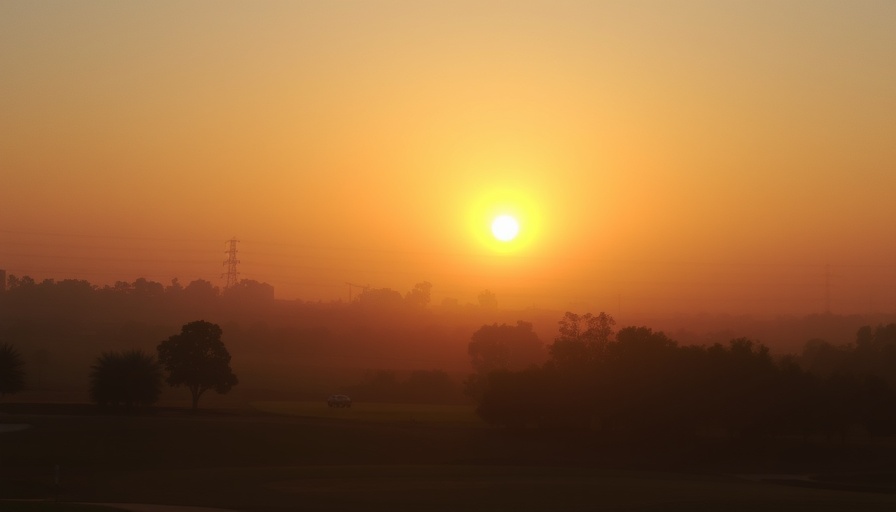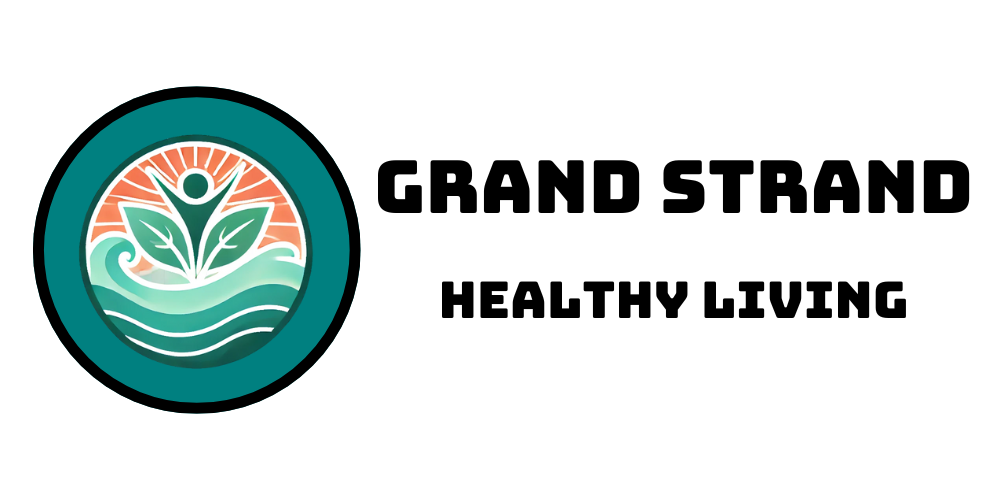
Understanding the Smoke Crisis: A National Concern
The recent wave of smoke from Canadian wildfires has significantly impacted air quality across the Midwestern United States and has now reached regions like North Myrtle Beach in South Carolina, urging residents to take extra precautions. This massive smoke plume has resulted in air quality alerts not just in northern states but also in several communities along the Grand Strand including Surfside Beach and Pawleys Island. The National Weather Service has identified multiple areas where conditions could present health risks, particularly for those with pre-existing conditions such as asthma or heart problems.
The Health Risks of Poor Air Quality
Experts from the Centers for Disease Control and Prevention (CDC) emphasize that poor air quality poses substantial health risks, including respiratory complications and cardiovascular issues. The symptoms can manifest quickly—ranging from coughing and throat irritation to more serious concerns such as chest pain, especially for vulnerable populations such as children, pregnant women, and the elderly. Communities like Murrells Inlet and Georgetown have reason to be attentive, as the smoke can exacerbate health problems for many residents.
Why Are Wildfires Increasing?
In recent years, wildfires have become rampant in Canada and across various U.S. states—more prevalent than in the past due to climate change. The staggering statistic from 2023 shows that over 6,000 wildfires consumed approximately 37 million acres of land in Canada. This trend raises serious concerns about the relationship between changing climate patterns and increased wildfire occurrences, particularly in northern climates that previously experienced fewer wildfires. Researchers from the Center for American Progress underline the urgency for communities to address these challenges proactively.
Strategies to Protect Yourself from Wildfire Smoke
If you live in areas affected by smoke such as Windy Hill and Ocean Drive, taking proactive measures is key. Here are practical steps residents can engage with:
- Stay Indoors: Limit outdoor exposure, especially when air quality warnings are issued. Keep windows and doors closed, running air conditioning if available.
- Use Air Purifiers: If possible, invest in air purifiers equipped with HEPA filters to reduce indoor air pollution.
- Monitor Air Quality: Stay updated with local air quality indices through apps or local news channels to determine the safety of outdoor activities.
- Wear Masks: If you must go outside during smoke events, consider wearing N95 masks to filter hazardous particles.
Community Support and Resources
The importance of community in navigating these public health challenges cannot be overstated. Local organizations along the Grand Strand, including health departments in Litchfield Beach and Cherry Grove, are prepared to offer resources and guidance on maintaining health amidst worsening air quality. Connecting with health professionals and community groups can provide a support network, ensuring that people are well-informed and safe.
A Look Towards the Future: Addressing the Root Causes
As residents from Myrtle Beach to Crescent Beach assess the immediate action needed in the wake of air quality concerns, it is equally vital to engage in broader discussions surrounding climate change and wildfire prevention. Continuous monitoring and advocacy for sustainable practices can lead to both local and global impacts in mitigating future risks. With temperatures expected to rise, and climate crises becoming more frequent, communities need to prepare adaptively and cautiously.
Ultimately, while the Canadian wildfires pose immediate threats to our health, they also serve as a wake-up call to address the underlying issues contributing to such environmental crises. Awareness, preparedness, and community engagement will be essential in navigating these challenges.
 Add Row
Add Row  Add
Add 





Write A Comment